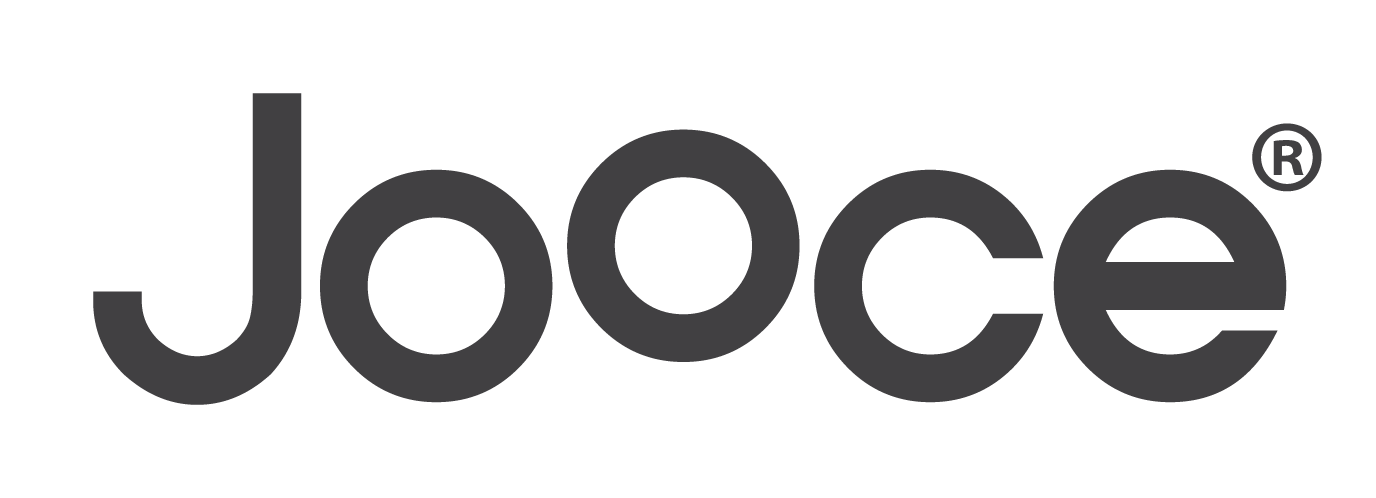If you’ve ever started a workout plan feeling motivated, only to hit PMS week and suddenly feel exhausted, bloated, or unmotivated, you’re not alone. Many women think it’s a matter of willpower, but the truth is simpler: most exercise plans are not designed for women.
The majority of research behind fitness programs has been conducted on men, whose biology is steady day to day. Women’s bodies, however, run on a monthly rhythm, a “second clock”, called the infradian rhythm. This internal timekeeper doesn’t just regulate your menstrual cycle; it shifts your metabolism, stress response, caloric needs, and energy levels across the month.
When you ignore this rhythm, you end up in a discouraging loop:
-
You feel tired, heavy, and out of sync with your body.
-
You start a new exercise program, promising to push through.
-
For a while, you keep up. Then PMS symptoms hit and everything feels impossible.
-
You quit, feel frustrated, and blame yourself.
-
The cycle repeats every month.

This doesn’t just cost you money on programs that don’t work, it costs you your energy, confidence, and possibly mental health too. But it doesn’t have to be this way. By understanding and working with your infradian rhythm, you can create an exercise routine that actually fits your body, instead of fighting against it.
The Four Phases of Your Infradian Rhythm
Your infradian rhythm is divided into four phases. Each one changes how you burn energy, how you recover, and how much stress your body can handle. Let’s break them down:
Menstrual Phase (around 3–7 days)
Hormone levels are at their lowest. Energy is often low too, and your body is focused on renewal. This is the time for gentleness.
-
Best workouts: Walking, stretching, restorative yoga.
-
Timing: Evenings often feel best for a calming stroll or for gentle movement.

Follicular Phase (around 12 days)
Estrogen begins to rise, FSH stimulates the follicles, and energy steadily increases. Motivation tends to return.
-
Best workouts: Aerobics, jogging, biking, or any cardio you enjoy.
-
Timing: Midday is ideal, your cortisol levels support more endurance at this time.

Ovulation Phase (about 2 days, with a 6-day fertile window)
Estrogen peaks and testosterone rises, giving you a natural power surge. You often feel confident and energised.
-
Best workouts: High-intensity interval training, circuit training, heavy strength sessions.
-
Timing: Early morning is best to harness this hormonal high.

Luteal Phase (about 12 days)
Progesterone dominates, estrogen dips, and PMS symptoms may begin. Energy can fluctuate strongly at first, then taper off.
-
Best workouts: First half: strength training, light cardio. Second half: gentler practices like pilates, yoga, and stretching.
-
Timing: Early sessions are best during the first half. Later in the phase, shift to evening or restorative movement.
Why Align Workouts With Hormones?
Hormonal fluctuations affect far more than your cycle. They determine:
-
Energy use: Estrogen improves insulin sensitivity, meaning your body uses carbs efficiently. Progesterone can increase appetite, but it also raises your metabolic rate.Basically, you burn more, but you also want more food.
-
Cortisol response: Exercising intensely at the wrong time (especially late luteal phase) spikes cortisol. Instead of building strength, you increase stress, cravings, and fatigue.
-
Strength and recovery: During the follicular and ovulation phases, higher estrogen supports muscle strength and faster recovery. During the luteal phase, recovery slows, making gentler workouts more effective.
-
Injury risk: Ligaments and joints are looser during ovulation, meaning high-impact movement can increase injury risk.
-
Mood and mental health: PMS weeks already bring emotional fluctuations. Soothing movement during this time supports mental wellbeing.
When you align your workouts with your infradian rhythm, you stop fighting biology. You reduce stress, improve performance, and actually get better results.
How Long Should You Work Out?
Aim for around 30 minutes per day. Here’s why: your body first burns through glucose, then triggers cortisol release to tap into stored energy. Too much cortisol, especially if you’re dealing with estrogen dominance, can actually worsen PMS, bloating, and cycle problems.
Short, consistent workouts aligned with your cycle will give you more benefits than long, punishing sessions that leave you feeling depleted.
How the Infradian Rhythm Shapes Your Metabolism
Your basal metabolic rate (BMR) changes across the month.
-
Follicular phase: Estrogen rises, insulin sensitivity improves, and your body prefers glucose for fuel. This is a great time for cardio.
-
Luteal phase: Progesterone rises, appetite increases, and your resting metabolic rate also goes up. You may eat more, but you also burn more.
Instead of seeing these as “bad cravings,” recognise them as your body asking for more energy, and give it nourishing fuel rather than fighting against it.
The Benefits of Cycle-Synced Fitness
-
Optimised energy: Workouts feel aligned, not draining.
-
Better performance: You take advantage of natural peaks in strength and endurance.
-
Safer training: Less risk of overtraining or injury.
-
Improved mental health: Exercise that matches your mood supports emotional balance.
-
Deeper body connection: You start recognising patterns and building body literacy.

The Bottom Line
Your infradian rhythm isn’t an obstacle to fitness, it’s the key to it. When you understand how your hormones shift throughout the month, you can move, train, and rest in ways that support your biology instead of battling it.
The result? More energy, fewer PMS symptoms, better results, and a healthier relationship with your body.
At Jooce, we believe women deserve this kind of knowledge and the tools to support it. Because when you work with your hormones, not against them, fitness stops being a fight and starts becoming freedom.


